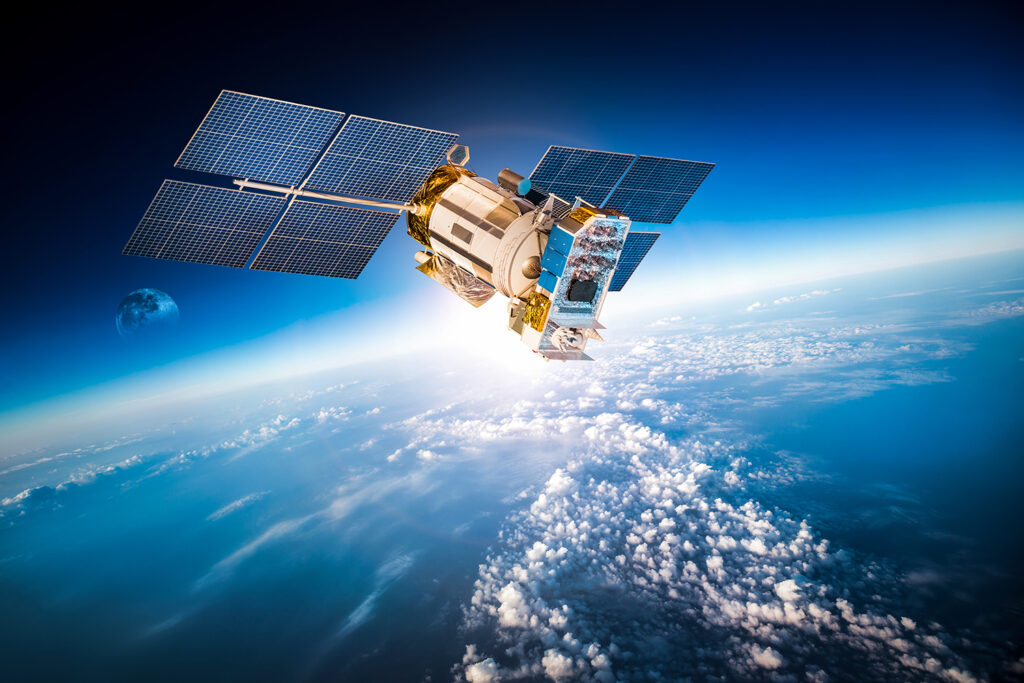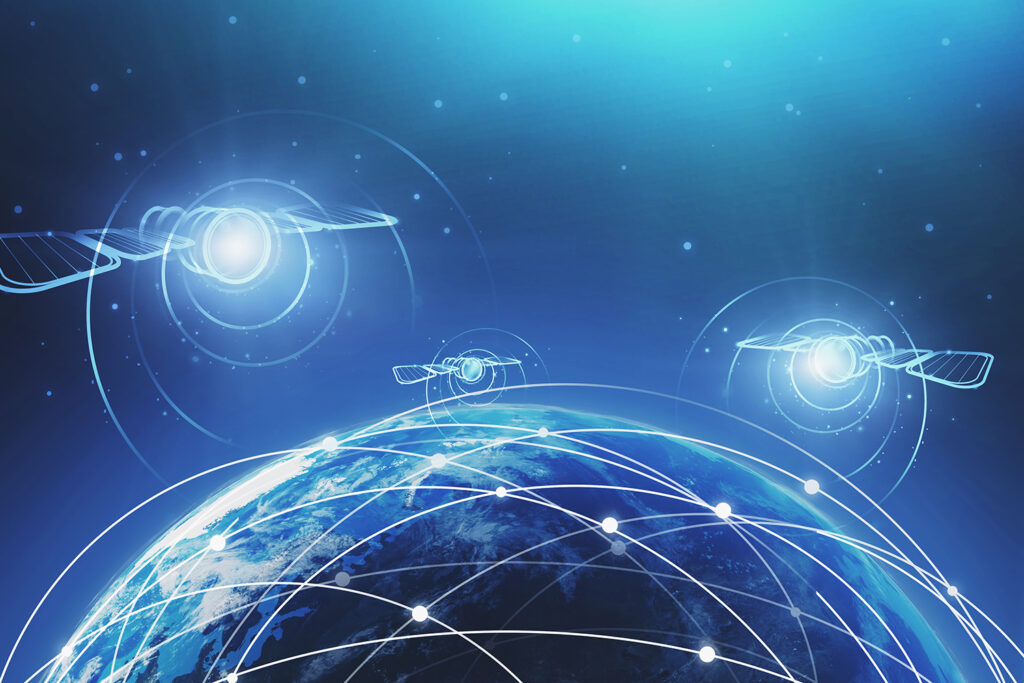The new space economy represents a paradigm shift in the global approach to space exploration and utilization. Offering tremendous opportunities for economic growth, scientific discovery, and advancements, the innovations we create today will directly impact our lives here on Earth in the very near future. Enabled by groundbreaking technologies, the emerging ‘new space economy’ is revolutionizing the way we access and leverage space, paving the way for innovative industries and applications.
From improved satellite connectivity and Earth observation capabilities to space tourism and in-orbit manufacturing, these technological advancements hold the promise of a more connected, sustainable, and prosperous future. By harnessing the potential of the new space economy, we can unlock new frontiers of knowledge, economic potential, and transformative solutions that will shape the way we go about our daily lives not only today, but into the future.



Working closely with many of the technology companies that are building the tools that will enable the new space economy, we have front row seats to unparalleled innovation, both commercially and for our international defense systems. Here are several key technological drivers that we feel are critical to the future not only of our new space economy, but to our terrestrial life now and into the future:
- Launch Vehicle Innovation
The development of more advanced and efficient launch vehicles has proven to be crucial for reducing the cost of accessing space. Ride-share and payload rockets have already made significant strides in getting orbital technologies into space, and continued innovation in launch vehicle technology will enable more frequent and affordable space missions, opening up opportunities for various industries here on earth. We’re keeping our eyes on companies like SpinLaunch, who, unlike traditional fuel-based rockets, uses a ground-based, electric powered kinetic launch system that delivers a substantially less expensive and environmentally sustainable approach to space access. We’re also intrigued by the world’s first commercial rocket powered by carbon-neutral biofuel from the team at bluShift who wants to make launch more accessible to research payload with better access to suborbital rideshare. - Small Satellite Technology
Small satellites, CubeSats and nanosatellites, have gained significant traction in recent years. These miniature satellites are built and launched with much lower costs, enabling a wide range of applications, from Earth observation and communication, to scientific research, environmental monitoring, and remote sensing. Advancements in miniaturization, power efficiency, and data processing capabilities will further enhance the potential of small satellites. We’re keeping our eyes on companies like Skeyeon, and Fleet Space with pioneer solutions and innovative capabilities for defense operations, to exploration under the earth’s surface. - Satellite Constellations
Large-scale satellite constellations, consisting of hundreds or thousands of small satellites working together, have the potential to revolutionize global connectivity and communication. Companies like SpaceX’s Starlink and OneWeb are already deploying such constellations to provide broadband internet access to underserved areas. Improvements in satellite constellation design, deployment, and data management will be crucial for their widespread adoption and success, as well as military and defense capabilities. - Space Tourism
The emergence of space tourism promises to create a new market for suborbital and orbital human spaceflight experiences. Companies like Blue Origin, Virgin Galactic and WorldView are actively developing space tourism solutions. Continued advancements in spacecraft safety, affordability, connectivity, and comfort will be key to unlocking the potential of space tourism and making it accessible to a broader range of individuals. - In-Space Manufacturing and Resource Utilization
The ability to manufacture and utilize resources in space has the potential to significantly reduce the costs and logistical challenges associated with space missions. In-space manufacturing, using technologies like 3D printing, could enable the construction of large structures, such as satellites and habitats, directly in space. Additionally, resource utilization, such as mining asteroids for water and minerals, could provide essential supplies for future space missions. - Artificial Intelligence (AI) and Automation
AI technologies play a crucial role in various aspects of space exploration and the space economy. AI can assist in mission planning, spacecraft autonomy, data analysis, and decision-making processes. Automation and robotics are also essential for tasks such as satellite deployment, maintenance, and repair. Advancements in AI and automation will enhance the efficiency, reliability, and cost-effectiveness of space operations. We’re keeping our eye on MatrixSpace, who offers deep intelligence in real-time for immediate actions using the fusion of optical, radar, and lidar sensing to creates models that are unmatched in accuracy and detail. - Earth Observation and Remote Sensing
High-resolution Earth observation satellites provide valuable data for applications ranging from environmental monitoring, to defense, urban planning, weather prediction models, solar flare monitoring, and disaster management. Advancements in sensor technologies, data processing, and analytics will continue to enable more accurate, real-time information, opening up opportunities for more preventative, predictive, and prescriptive global security and insights. We’re keeping our eye on WorldView‘s remote sensing capabilities, that can provide highly-accurate, near real-time information with station-keeping stratospheric balloons. - Space Debris Mitigation
As the number of satellites and space missions increases, managing space debris becomes crucial for the long-term sustainability of space activities. Technologies for active debris removal, improved tracking systems, and designing satellites with built-in end-of-life disposal mechanisms are essential to ensure the orbital environment remains safe and accessible. We’re keeping our eye on companies like Astroscale for on-orbit servicing and space debris removal, as well as the team at Kayhan space who is bringing automation and safety through flight alerts, real-time conjunction warning notifications, and decision plans that directly impact satellite operators’ ability to predict and prevent collisions.
As we collectively embrace the industry-wide shift to space exploration and utilization, we’re proud to be part of the evolution of technological drivers that shape the future, not just of the new space economy, but to our terrestrial life as well.

Technological advancements bring with them the promise of a more connected, sustainable, and prosperous future. We are proud innovators and supporters of the new space economy, helping launch transformative solutions that will shape our lives and the lives of future generations.

